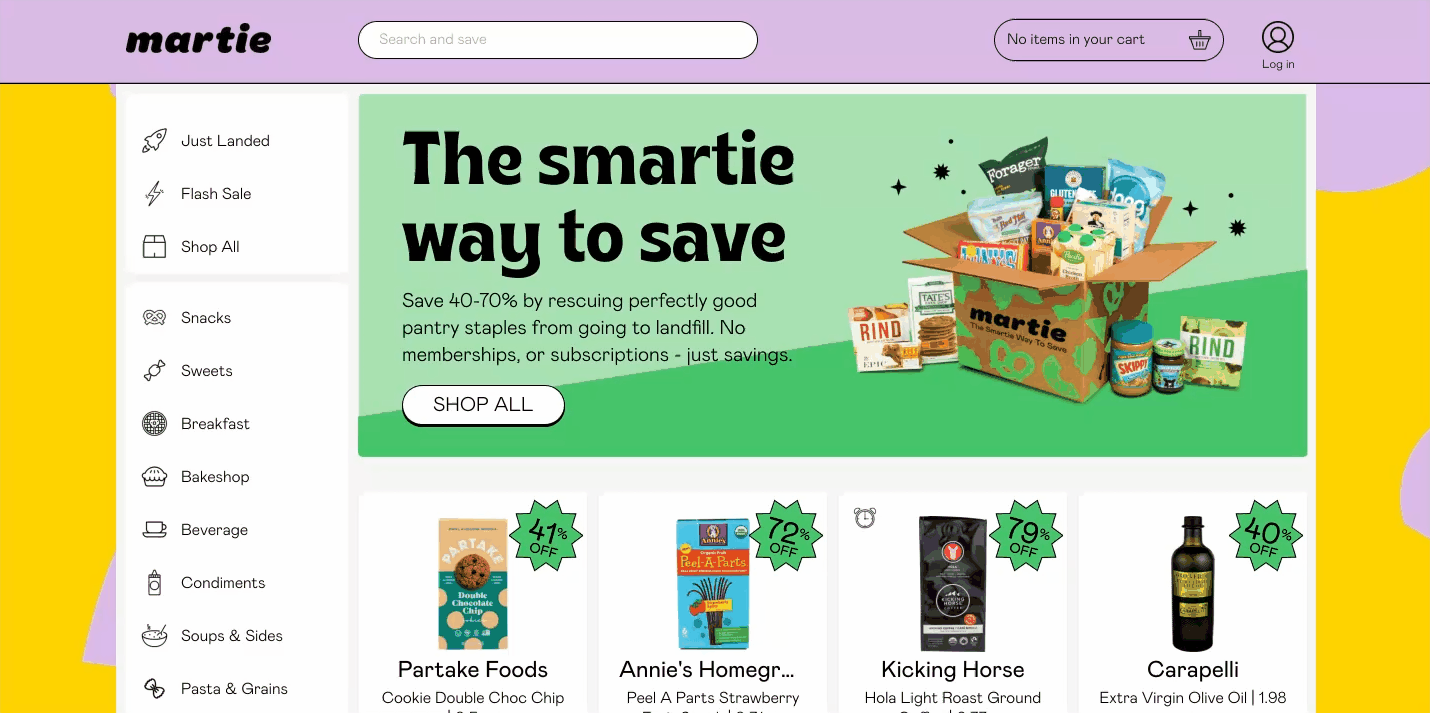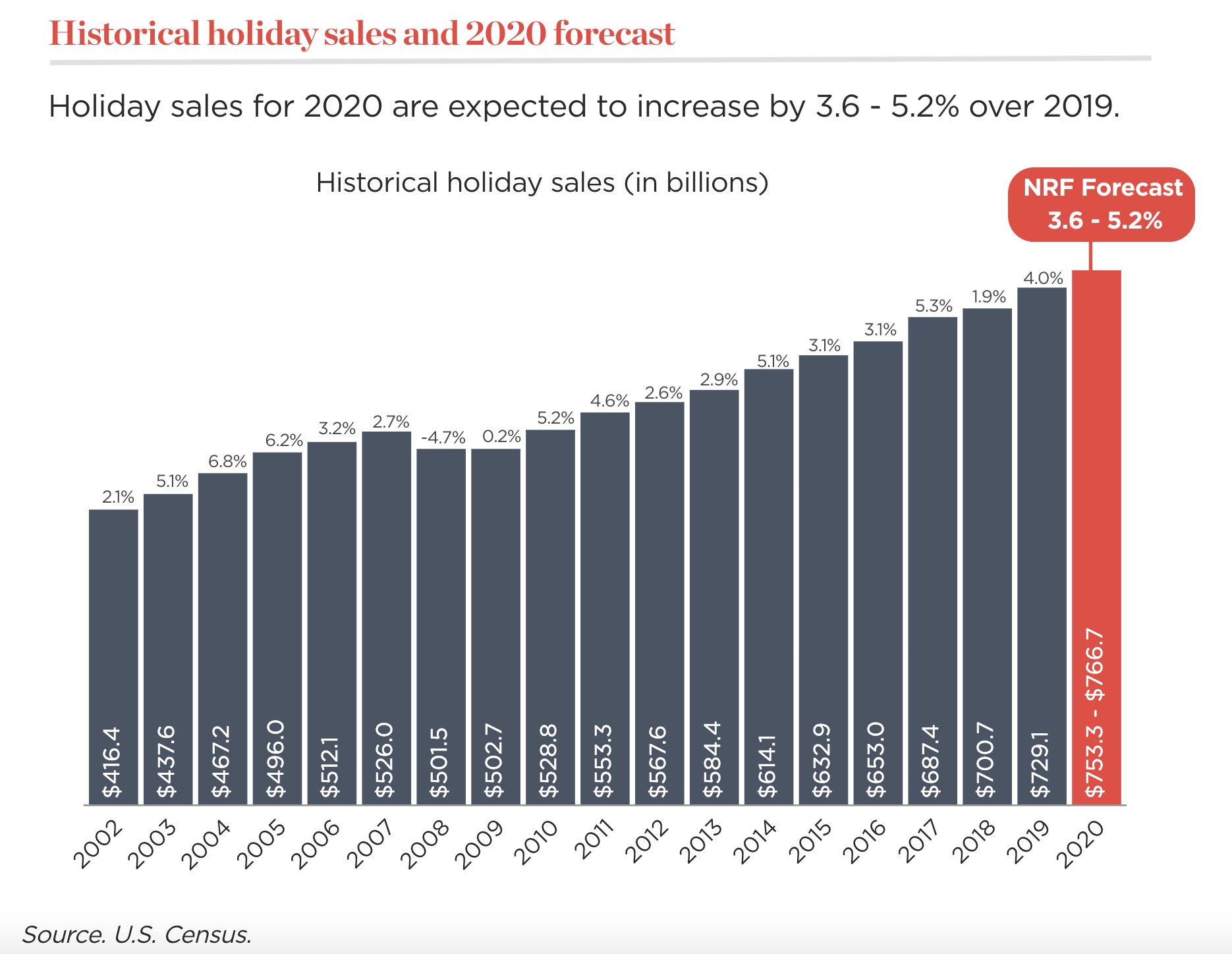The internet loves an unlikely success story, and as we approached the new year, one came around the corner to delight us with a simple idea, and a short game to play it out: Wordle, where you guess a five-letter word in six tries, and then laugh and cry with others as you share your results and the grid charting your attempts.
It’s a breath of fresh air in the tech industry, as we discussed with the game’s creator, Josh Wardle: no mobile app. Only one word every 24 hours. No advertising. No registration required. And you can even play it if your internet connection drops.
But perhaps, even more delighting than the game itself, is the origin story.
The short version is that British-raised New York resident Josh Wardle, who used to work at Reddit and is now a software engineer at Brooklyn art collective Mschf, originally built Wordle last year for his partner, a word puzzle enthusiast, for them to play together.
Hosting it on a website he’s had for years as a home for his other creative efforts (powerlanguage.co.uk, back from from his time in England), Wardle casually shared the game with family. Then he showed it to a few well-placed friends. But virality, as we know, doesn’t take much to get rolling when the stars are aligned. It was in the blink of an eye that all hell broke loose.
Over the space of weeks, the game grew from under 1,000 to 2 million players.
“What I built [at the start] is the game that everyone is playing today,” he said in an interview with TechCrunch. “It was definitely not the intention when I started.”
That rapid growth has surprised Wardle. At his day job at Mschf — the collective known for stunts like Lil Nas X’s controversial “blood shoes” — he says he occasionally finds himself “going down the rabbit hole” on Twitter looking at what people are saying about his creation.
But Wardle’s not an impresario, nor at this point particularly entrepreneurial (we mean that in a good way — he’s just natural in his approach) and that’s leading to some unexpected outcomes.
People have suspected, and we’ve now confirmed, that Wardle has been getting approached by investors who want to take Wordle to the next level. (Sidenote: Wardle’s employer Mschf is backed by VCs like Founders Fund. So that could be an interesting template for one direction to go. Or not.) But Wardle isn’t trying to turn a profit on Wordle.
“I don’t want Wordle to be my full time job, but I don’t want to invest in it or do any of that stuff. I’m very happy with where it’s at,” Wardle told TechCrunch. “I think that if [venture funding] were to happen, it would be more in the context of being an artist with a patron or something like that.”
While Wardle considers what to do, if anything at all, his runaway game has found a ton of traction with other less salubrious types: numerous developers have started cloning it, taking advantage of Wordle’s static place on the web and building apps to profit off the interest.
While Wardle himself has not really had much of a chance to consider how or if to defend his IP, others have taken up his cause, and now Apple appears to be taking down Wordle clone apps independently of any appeals from Wordle’s creator.
At the same time, ironically, Wardle’s also getting accused of stealing the Wordle concept from others. The host of Lingo, a gameshow in the UK, has been publicly railing about how he has given Lingo no credit, considering that the game “looks like ours, works like ours, smells like ours and basically is OURS.”
But Wardle didn’t build the game for money or viral fame. When you consider the impetus for making Wordle, and how few iterations it’s had since then, all of this seems to be missing the point.
“I feel smart when I get a Wordle, even though I made the game,” Wardle told us. “It’s about the journey, especially on days like today where I’m like really stumped and I like have to think about it.” (The answer on the day we talked was “query”, which is quite perfect.) “It’s hard enough that it will hit, like, that sense of accomplishment that feels good.”
We sat down with Josh Wardle to hear more about his reasons for keeping it simple, and what he’s thinking about next.
+++++++++++++
[This interview has been condensed for clarity]
Something that people love about Wordle is that you can only play once a day – it’s not comparable to past viral games like Flappy Bird, which was eventually deleted by its developer because it got too addictive. How intentional were you about building a game that, by nature, can only take up a few minutes of your day?
My partner and I play a lot of the New York Times word games, and they follow that one-a-day model. One thing that is interesting to reflect on, though, is that Wordle could be one a day, but if everybody was getting a different word on that day — if the word was random but you could still only play one — it wouldn’t have caught on the way it has. Right? It’s something about the fact that it’s one puzzle, and everybody is solving it. In terms of games like Flappy Bird, I’m just kind of suspicious of apps and games that want your endless attention — like, I worked in Silicon Valley. I know why they do that. With Wordle, actually, I kind of deliberately did what you’re not meant to do if growth is your goal. And bizarrely, I think, those things have led to growth. But obviously, a ton of it is luck, and being in the right place at the right time. I think people have an appetite for things that transparently don’t want anything from you. I think people quite like it that way, you know?
You built this for you and your partner to play together, so how did the game go from that to viral sensation?
Back in the UK over the summer, I shared it with my family, and they loved it so much that it derailed the family group chat, so we had to splinter off and create a Wordle channel. There wasn’t the emoji grids at that point, so you’d just come into the chat and say “I got the word in three” or whatever. I introduced it to a few friends in the states, and Andy Baio shared it on his blog. Then, a New York Times newsletter author included it as a footnote around Thanksgiving, like, “Hey, I’ve been enjoying this thing,” and that somehow led to it getting really popular in New Zealand, and then Australia, and then a Guardian journalist in Australia wrote about it, and that’s the first time I remember logging in the next day and seeing that 80,000 people had played the previous day. One of the early adopters in New Zealand came up with the emoji grid idea and was manually typing them out to share her results on Twitter, so I decided to integrate it into the app itself, and obviously that’s had a huge impact.
I think people have an appetite for things that transparently don’t want anything from you. I think people quite like it that way, you know?
You’re now seeing millions of people playing it, all off your Power Language site. How have you handled that traffic?
It’s incredibly simple. It’s literally just a website and some javascript that downloads, and once it’s downloaded, it never needs to do anything again, like your phone could go offline and you could continue to play it. So there’s no backend. There’s some shortcomings to the way I did it, like right now, I have people looking at the source code, and they discover all the words are there and they can examine those things. But if I had to be scaling a backend, you know, every time you submitted a guess you had to go to a server, that would have been a huge headache. So because I just built it for my partner and me, I built it as simply as possible. For the people who look in the source for the solution, I’ve seen – which I quite like – on Twitter, people are saying it’s like if you’re doing the puzzle section in the newspaper, you can turn the puzzle upside down and read the answers. It’s more about like, who are you cheating if you’re doing that? You can open an incognito browser and take the puzzle again today if you really want, you know? It’s very low stakes.
[Originally the site was hosted by an independent company] and for a while there, I was waking up in the morning, hoping fewer people would have played because I was worried I was gonna hit my bandwidth limit. After Wordle went viral, close to the end of December, I still had enough breathing room where I had 100 gigabytes of bandwidth to play with. Then one of my good ex-Reddit friends, Kevin O’Connor [now the VP of Engineering at Kickstarter] helped me put Cloudflare in front of my website; then more recently, we migrated the hosting to Amazon S3, which can scale indefinitely as long as I’m happy to pay for it.
So many venture capitalists are playing Wordle and posting their results on Twitter. Have any VCs reached out to you? What do you think about what some of them must be thinking, that this might have potential as an enterprise rather than just a fun game?
I’ve had a few people reach out in that very diplomatic and warm VC style. [Laughs.] I haven’t had any conversations yet. I don’t even know – I’ve never been in this position before, and I don’t know what that conversation would look like when I’m giving this thing away for free. I like giving it away for free – part of the point is it’s free.
Are you going to respond to them and see what happens?
I think I’d be foolish not to, right? It seems like a unique opportunity. I don’t want Wordle to be my full time job, but I don’t want to invest in it or do any of that stuff. I’m very happy with where it’s at. But given that I work in tech, and I’ll probably continue working in tech, it seems like one of those things where it’s good to meet these people and at least have a discussion.
I’m fortunate enough to be in a position where it does cost me a bit to keep the servers up to run Wordle, but I can afford to do that.
It’s not like I think that everyone needs to give away the things they create online for free, it was just that because that’s how I started this, it’s made it easier for me to continue it this way. I made something that felt really authentic to me, and now when people are asking like, “Do you want to monetize it? Why aren’t you doing X, Y and Z?”
It’s really easy for me to say… No, I was really happy with it when it was just my partner and me playing together. It’s really easy to get seduced by all that stuff, but I try and instead be like… I was happy then, and I think I’ll be happy in the future if that’s where it ends. If at the end of the day with Wordle, it’s just her and me playing again, I think I’ll be totally happy for that to be the outcome.
We noticed you did two pretty cool projects when you worked at Reddit, “The Button” and “Place.” What drives you to create these?
My background is in art, and I’m just interested in making interesting things. The business side of things is not super interesting to me at all, and I can’t imagine anyone paying… like, the things that I’m interested in making are very weird or like not conventional, I think, and don’t really make sense as businesses. I think that if [venture funding] were to happen, it would be more in the context of being an artist with a patron or something like that.
So many people on the internet are making memes and art around Wordle – do you have any favorites?
I really like the creative interpretations of the emoji grids. There’s an account I started following recently that does green and yellow Microsoft Paint style pictures. I saw someone who cross-stitches her Wordle results, which is quite awesome. So it’s those things – that people enjoy and care enough about this thing that it gives them inspiration, and they want to express it, and it makes them feel good creatively. That’s really an amazing compliment. I like to create things myself, so seeing people respond to something I’ve made in that way feels amazing.
It feels like chatter about the game is especially big on Twitter. Why?
One thing I will say is that the majority of players are not actually posting their results on Twitter. There’s an account called Wordle Stats that looks at Twitter, then collects all the grids people share, then posts it the next day and says, “Okay, 30% of people got it in four,” and I think it was two days ago that it collected 100,000-something, whereas at that time, close to 2 million people played Wordle.
There are Wordles being shared in WhatsApp groups, like my family group. For some people, Twitter is that family WhatsApp group. But the vast majority of people playing are off Twitter. I think they’re playing it with their friends and family. It’s hard for some families to see each other because of COVID, and sometimes it’s hard to come up with a topic of conversation. But Wordle is just such a low-effort way to check in, and sometimes you just post your result, sometimes you can respond to others’, but it’s this really comforting way of letting other people know that you’re thinking about them. It’s a shared experience.
Why is your website called “powerlanguage”?
That’s just a username I’ve used online for a long time, which originates from mishearing someone. Someone was berating my friends and me in my youth. We were being told off for swearing at each other. I thought he said, “power language.” In retrospect, he was saying “foul language,” and I misheard it, but I was so delighted by the idea of swearing being called “power language” and just kind of ran with it in a way you do when you’re 16 or whatever.
I was really happy with it when it was just my partner and me playing together. […] If at the end of the day with Wordle, it’s just her and me playing again, I think I’ll be totally happy for that to be the outcome.
What do you think of all the Wordle clones? Would you ever want to make an app?
People have asked me about the app thing a lot – one response is I don’t have the skills, and I’d have to invest the time to learn how to do it, which I could do, but it would be an investment of my time. And again, if I’m building a game for my partner… We can use a website every day. It’s not a problem. If my goal was to make Wordle my business or to monetize it, I can see why it would make sense, but then I would have to wrestle with a bunch of things like… Would I send you a push notification? I would definitely have to think about the contract I’m establishing with the player. Do you really want me to notify you? Is this the best way? Why don’t you just forget about Wordle for a little bit?
I will say, I did have one really nice thing happen to me where there was someone who built a game called Wordle on the App Store years ago, and it suddenly started getting a lot of traffic and downloads. He Googled it, found the New York Times article, and reached out to me on Twitter and was like, “Hey, I really like how you’re approaching this. I got some money from people downloading the app and I want to donate it, where should I donate it?” I need to get back to him, but he was like, “I think I would want it to go to a charity focused on literacy or something,” which I thought was amazing.
As far as the clones, I mean, there are some subtle things with Wordle that actually make it work. I actually put quite a lot of effort in – the solutions list, I actually invested a fair amount of time filtering those. A big one for me was if there were a bunch of five letter words you’ve never heard of, and if the solution was one of those words, I think that feels bad for people.
The Ringer reported that “FARTS” will never be a Wordle solution. Is there a reason for that?
There is a reason for that, but I know part of the joy of discovering Wordle and playing it over a number of times… I know why it’s not included, but I don’t want to state that. I want to let people kind of discover it themselves. It’s an exercise to the reader. (Note: We think we figured it out.)


 (@traceyfanclub)
(@traceyfanclub) 





